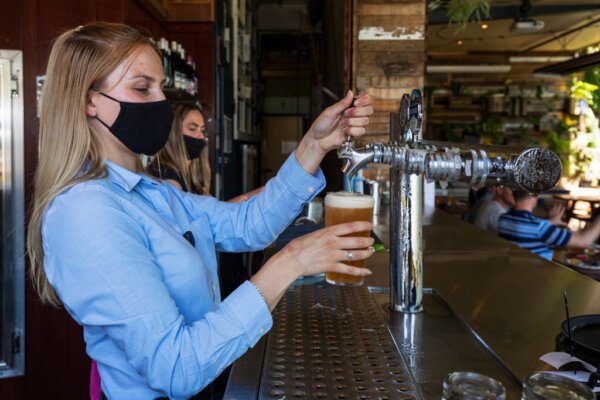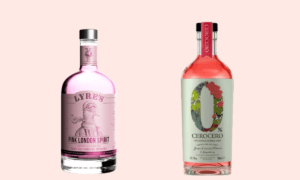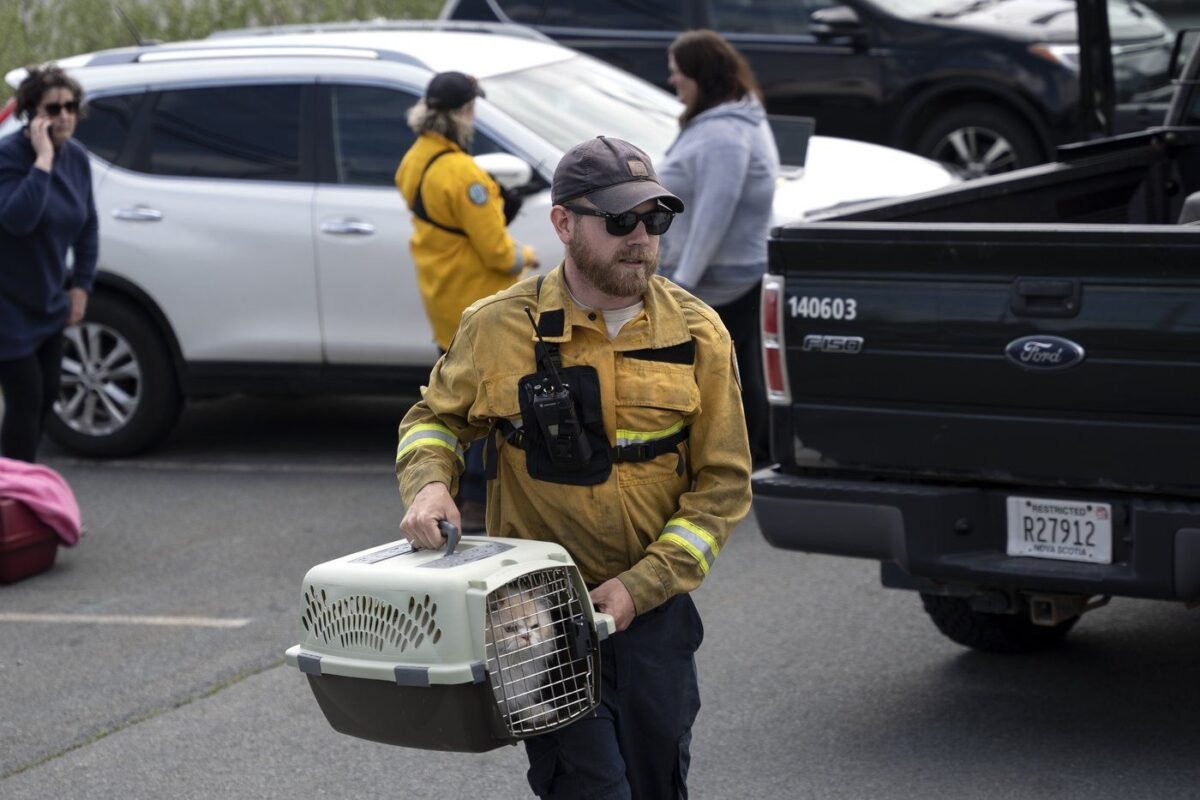50% Increase in Demand for Alcohol Treatment in Australian State After COVID-19
Demand for alcohol treatment services in Victoria has risen by 50 percent since the onset of the COVID-19 pandemic.
As a result, the Victorian Alcohol and Drug Association (VAADA) is urging the government to provide more support in the budget to address the escalating waitlists for alcohol treatment.
“In Victoria, during the financial year 2022/23, there were 92,888 treatment episodes, the highest on record. Moreover, that year also saw the highest number of alcohol-related treatment episodes at 30,859, representing a 50 percent increase from the pre-pandemic figure of 20,326 (2019/20),” stated the VAADA.
The VAADA, serving as the peak body representing Alcohol and Other Drug (AOD) services in Victoria, asserted that the report “confirms” the overwhelming status of the alcohol and other drug system in Victoria.
Alcohol Treatment Wait Lists the ‘New Normal’
CEO Chris Christoforou described the lengthy waitlists as the “new normal” in the state.
“We know that waitlists have increased by 40 percent since the pandemic began, with almost 3,500 individuals waiting for AOD treatment in Victoria on any given day. This is now the new normal,” he stated.
Mr. Christoforou emphasized the urgent need for increased investment in alcohol and drug treatment capacity in Victoria to address the surging demand and alleviate the toll.
The VAADA leader noted that alcohol continues to impose a significant cost on the Australian community, accounting for 4.5 percent of the national disease burden.
“The tax revenue generated by the Commonwealth Government from alcohol sales each year needs to be channeled back into health services and community programs that address the human cost of these products,” he underlined.
On a national scale, data from the Australian Institute of Health and Welfare indicates a 30 percent rise in alcohol and drug treatment episodes since 2013 and 2014.
The most sought-after treatment type by individuals was counseling services, with clients typically requiring nearly four weeks, or 27 days, of treatment in 2022 and 2023.
Clients who received counseling sought assistance for an average of 67 days, while withdrawal management support lasted for just eight days.
“Among all treatment episodes, the median duration for clients receiving counseling was 67 days,” the VAADA added.
The VAADA reiterated that the report affirms the “consensus view” that alcohol-related harms have significantly increased post-pandemic.
Alcohol Companies ‘Took Advantage’ of the Pandemic
Additionally, the Foundation for Alcohol Research and Education (FARE) expressed concerns regarding alcohol harms during the COVID-19 crisis.
The foundation cited AIHW data showing that the number of individuals seeking alcohol treatment services reached a decade-high level.
They also highlighted data from the Australian Bureau of Statistics, showing a 9.1 percent increase in alcohol-induced deaths.
“This marks the fourth consecutive year witnessing a rise in the rate of alcohol-induced deaths in Australia and the highest rate recorded in a decade,” stated the foundation.
“The rate of deaths escalated from 5.4 deaths per 100,000 to 6.0 deaths per 100,000. In 2022, there were 1,742 alcohol-induced deaths, up from 1,578 deaths in 2021.”
The foundation also criticized what they described as “predatory marketing” by alcohol companies, putting individuals at risk of harm.
“During the COVID-19 pandemic, alcohol companies and retailers capitalized on the situation to boost alcohol sales,” the foundation highlighted.
“These companies heavily invested in digital marketing and expanded their alcohol delivery services, surpassing privacy and marketing regulations.”
Furthermore, they emphasized that alcohol companies exploited the COVID-19 pandemic to target those who were most vulnerable.
“An analysis of alcohol advertisements on social media platforms, right after stay-at-home restrictions were implemented, revealed that nearly three-quarters of the ads (71 percent) either explicitly or implicitly referenced the COVID-19 pandemic,” noted the group.
“Two-thirds (66 percent) of these alcohol ads also included a ‘Shop now’ or ‘Get offer’ button that directed users to their online store.”
The federal government’s COVID-19 Response Inquiry received over 2,000 submissions, a response that the panel described as “overwhelming.”
“There was a common thread in the submissions, with many expressing the desire to capture the lessons learned before they fade with time,” the panel remarked.






